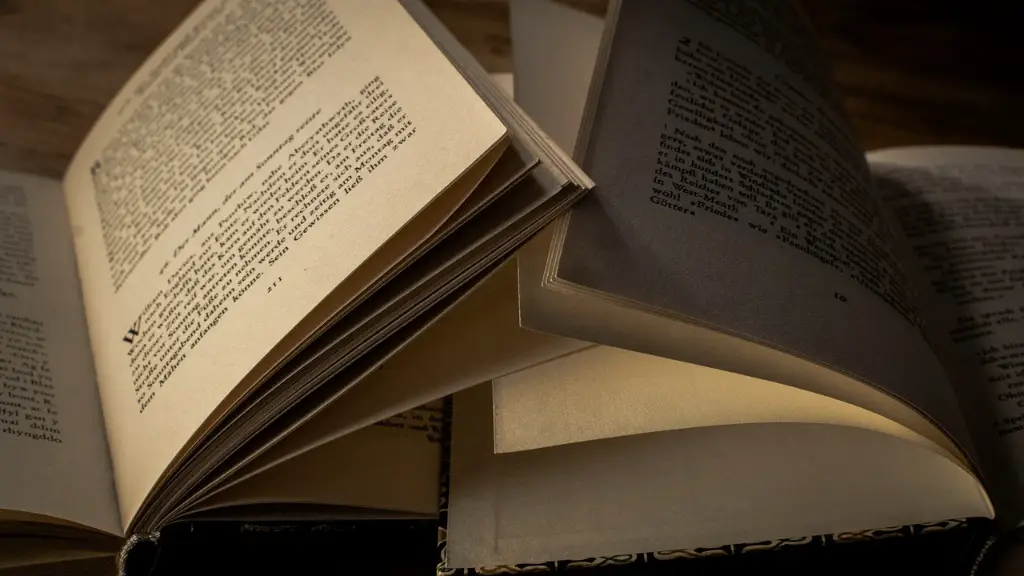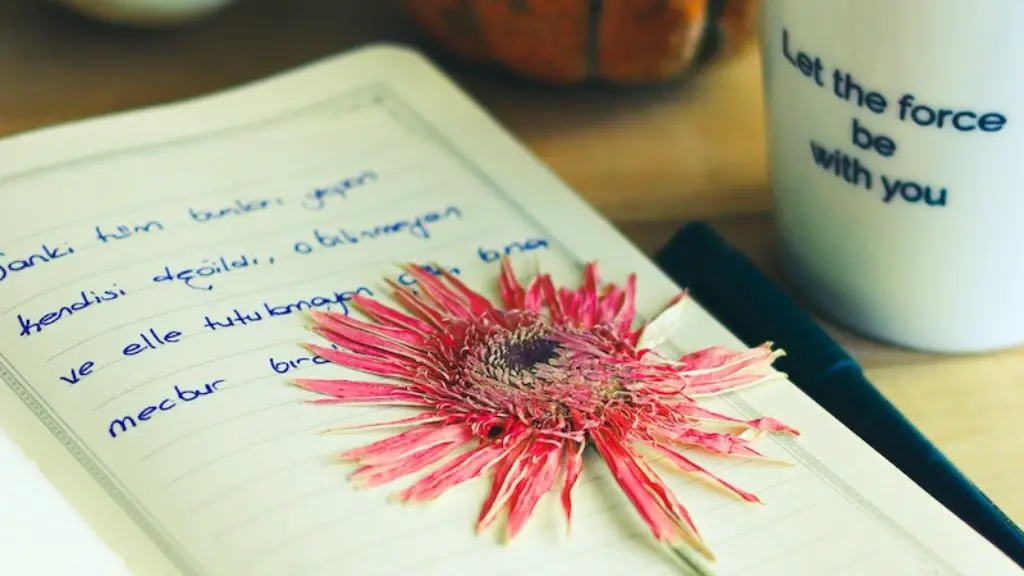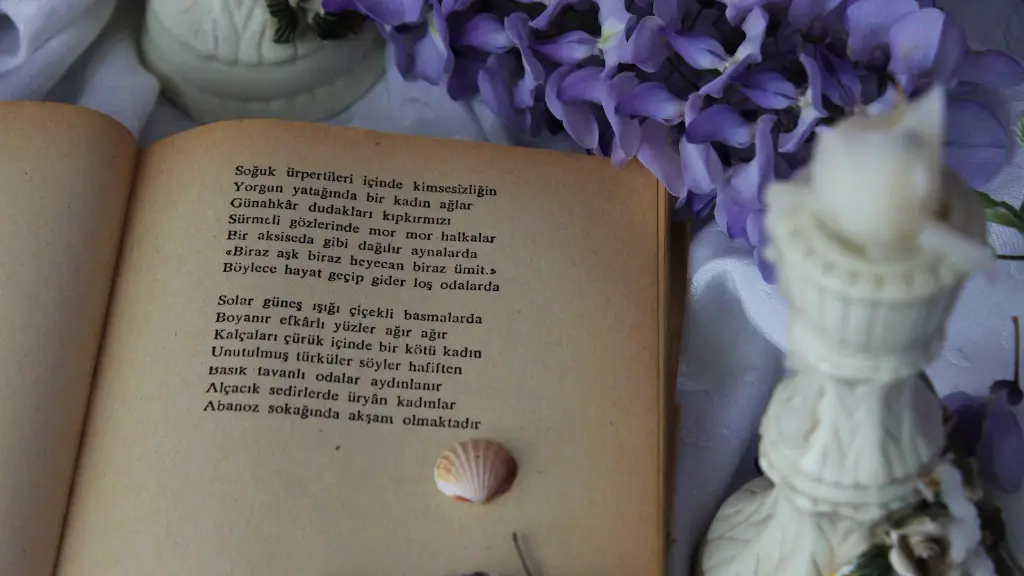Brainstorming
The first step towards editing your poetry is – brainstorming. Brainstorming means taking up a few minutes of your day to generate as many ideas as possible that come from within your mind and heart. This helps you to reshuffle your thoughts and reorganize them in a better way. Sit in a comfortable place with a notebook and pen, and just write down whatever comes to mind in raw form. Writing down your thoughts and ideas helps you to bring clarity in your mind. As poetry is all about expressing your deepest emotions, brainstorming helps you to unlock those emotions and further enhance them.
Illustrate & Analyze
Once you start brainstorming, you need to illustrate and analyze your work. Illustration means taking up time to create visual or conceptual representations of your writing. This could be a diagram, sketch, model or an image that illustrates the meaning of your words. Analyzing your work means studying your writing in detail and looking at all of its aspects – diction, imagery, voice, syntax, tone etc. Analyze the metaphors and symbols used and the overall effect of your words.
Take Note of Repetitions
When it comes to editing your poetry, one of the most important aspects to consider is repetitions. Repetitions generally involve repeating words and phrases for added emphasis. Repetition could be of anything from entire lines to words or phrases. This helps to add rhythm and energy to your writing. However, too much repetition may make your poem sound monotonous and tedious. Thus, take note of the repetitions in your writing, and if the poem feels burdened with them, change them up or remove them.
Check the Flow & Cohesiveness
Flow and cohesiveness are important aspects to consider when editing your poetry. Check the overall flow of your poem, to see how it reads. Reorder the words or lines, if required, to improve the flow. Cohesiveness refers to how the poem comes together. Every stanza and every line should be connected to another part of the poem. Check whether the transitions are good and the poem has a consistent tone. If not, rework those parts to make sure that your poem has good flow and the ideas are connected.
Proofreading for Typos
Another important step is to proofread your poem for typos and spelling mistakes. Editing and rewriting typically bring about typos, which need to be fixed as they can sometimes alter the meaning of your words. You can use online tools or software to spell-check your poem. This helps to ensure that your writing is free of any typos and grammatical errors.
Strategize Rhyme & Meter
Once you have fixed the typos, it is time to strategize your rhyme and meter. Meter is the rhythm of the poem formed by syllables, while rhyme can be used to further enhance its effect. As poetry is heavily reliant on rhyme and meter to make it appealing to the reader, strategize them correctly. Scan the poem for imperfect rhymes and change them. Also, look for any changes you can make to the meter for a better effect.
Seek Feedback
After you finish editing and polishing your poem, it is time to seek feedback. Make sure you get the work read by someone whose opinion you value. This helps you understand how people feel when they read your work. The feedback could help you make changes to your poem so that it reaches its highest potential.
Utilize Writing Resources
Once you feel your poem is complete, you can utilize writing resources available online. There are numerous websites such as Poetry Foundation and Poetry School which provide tips, tricks and advice on how to edit your poetry. These resources are especially helpful for amateur poets as they provide guidance on how to craft better poems. Take advantage of such resources and keep learning.
Find Your Voice
Poetry is all about expressing your deepest emotions, thus it is important to find your voice. Writing from inside helps to bring out your unique perspective as a poet. When you write, avoid writing like someone else and instead trust your instincts and create something which expresses your feelings and emotions. Take this opportunity to explore and grow as a poet.
Play around with Metafor
When editing your poetry, you can play around with different metaphors to further enhance its effect. Metaphors provide an opportunity to capture the attention of the reader and make them think deeply about the meaning of the poem. Pay attention to the way you use metaphors in your writing, as they can make or break the poem.
Evaluate Structure
The structure of a poem is its foundation. Evaluating the structure of your poem helps you determine whether it complies with the traditional form or if it could be improved. Make sure that the flow of the poem is natural and that there is a logical progression of ideas. Consider how the different elements in a poem interact with each other.
Reflect on Meaning
Finally, take some time after you are done editing your poem and reflect on its meaning. Think about what message your poem conveys and if it is successful in doing so. Analyze whether the reader is able to connect with the poem on an emotional level. By preventing the author’s perspective, reflect on the meaning of the poem and consider any changes you could make if needed.



